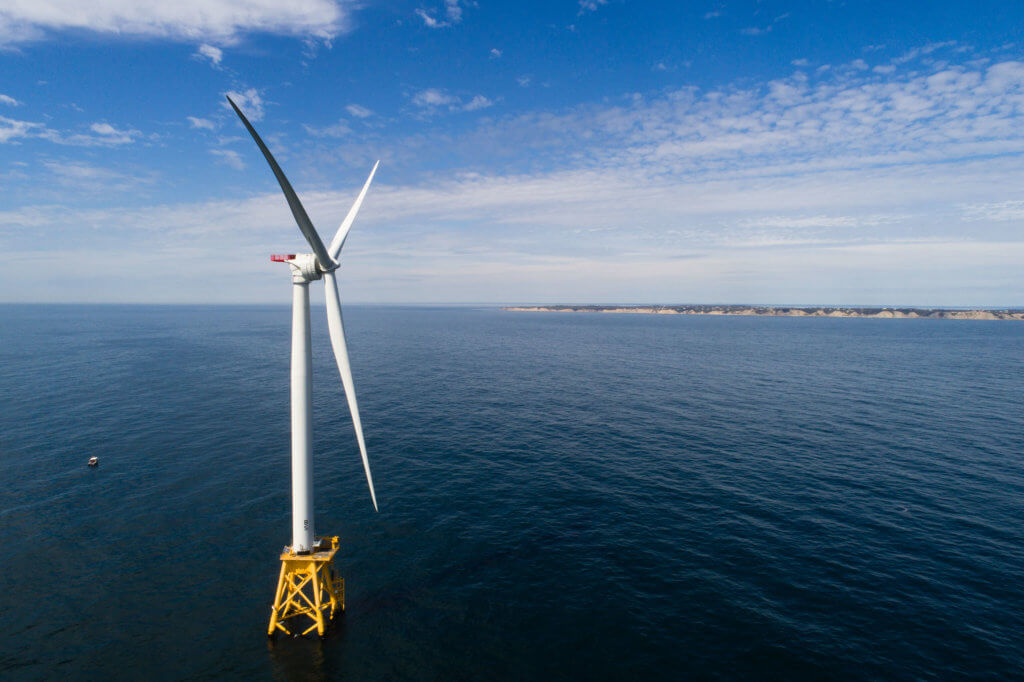Wind power helping water-constrained areas of Minnesota
Last Sunday was World Water Day. What does that have to do with wind power? A lot.
Every year, wind energy saves America billions of gallons of water by displacing other forms of generation that rely on water.
While droughts in the West have gotten the most press coverage, Minnesota is also experiencing a moderate drought right now. Wind projects in the state save nearly two billion gallons of water per year, noted the St. Paul, Minn.-based advocacy group Fresh Energy, which recently highlighted some interesting water numbers using wind energy generation data from the Minnesota Department of Revenue and water savings information from Wind on the Wires and AWEA.
One of the more water-constrained areas in the state is the southwestern part, noted Mark Lindquist, the Program Manager for Energy and Biofuels with the Minnesota Department of Natural Resources. That area, incidentally, is also home to Buffalo Ridge, one of the more active wind energy development areas in the country. Wind energy, therefore, is saving water where it counts most. And, said Lindquist, for an area that must consider water constraints when trying to attract industries and jobs, wind energy serves as a form of economic development “that puts no pressure on water resources.”
According to Fresh Energy, Minnesota has saved 30 billion gallons of water since 20014 by using wind energy. That may be one reason why Minnesota, which boasts a long history of strong renewable energy policy, is considering the possibility of increasing its renewable energy standard from 25 percent renewables by 2025 to 40 percent by 2030. Minnesota, therefore, was an appropriate place for advocacy group Wind on the Wires, an American Wind Energy Association (AWEA) regional partner, to hold an event at which AWEA CEO Tom Kiernan spoke. Kiernan discussed the U.S. Department of Energy’s Wind Vision showing that wind can provide 10 percent of the nation’s electricity by 2020, 20 percent by 2030, and 30 percent by 2050. That would mean conserving 260 billion gallons of water a year by 2050, displacing 23 percent of total U.S. power plant water consumption.
Minnesota isn’t the only state that benefits from wind’s water savings right now. In 2014 alone, wind energy generation in the U.S. reduced water consumption at existing power plants by approximately 68 billion gallons of water—the equivalent of roughly 215 gallons per person or conserving the equivalent of 517 billion bottles of water.
Wind power, therefore, provides many reasons to celebrate World Water Day—this year, and in years to come.




